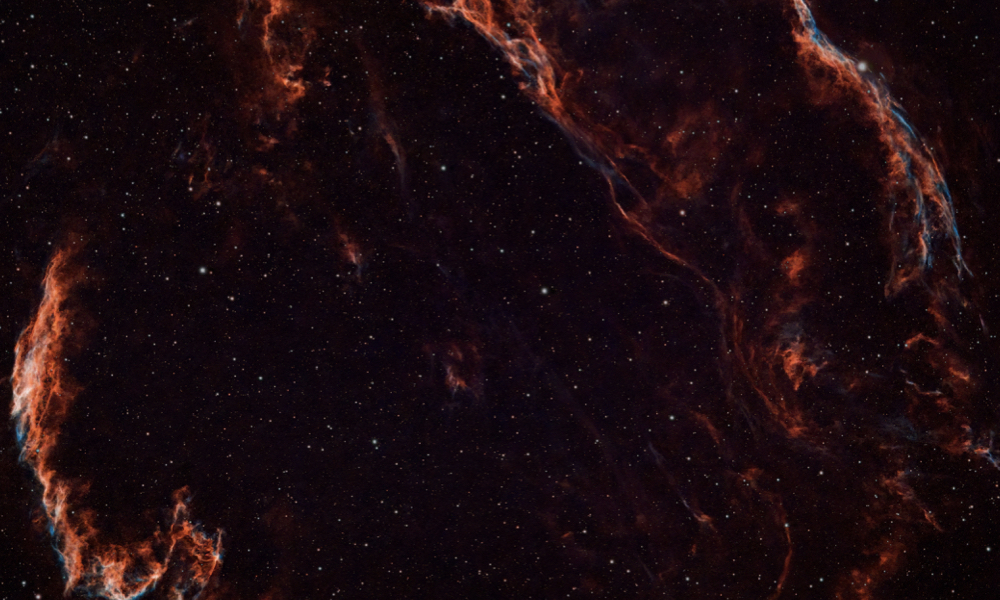
ESA Open Invitation to Tender AO9510
Open Date: 08/02/2019
Closing Date: 27/03/2019 13:00:00
Status: ISSUED
Reference Nr.: 18.112.13
Prog. Ref.: Technology Developme
Budget Ref.: E/0901-01 – Technology Developme
Special Prov.: AT+BE+CH+CZ+DE+DK+EE+ES+FI+FR+GB+GR+HU+IE+IT+LU+NL+NO+PL+PT+RO+SE
Tender Type: C
Price Range: 200-500 KEURO
Products: Ground Segment / Mission Operations / Mission Control / Satellite and Ground Segment Simulators (e.g. simsat, eurosim, etc.)
Techology Domains: Flight Dynamics and GNSS / Flight Dynamics (FD) / Advanced Flight Dynamics Processes and Tools
Establishment: ESOC
Directorate: Directorate of Operations
Department: Ground Systems Eng. & Innovation Dept.
Division: Flight Dynamics Division
Contract Officer: Bednarek, Maren
Industrial Policy Measure: C2 – Activities in open competition, significant partecipat…
Last Update Date: 08/02/2019
Update Reason: Tender issue
Several missions requiring navigation in the vicinity of small bodies are currently in preparation at ESA like AIM (binary asteroid), Phootprint (Martian moon) and Cleanspace (non-cooperative debris) or are likely to be proposed in the coming years (Asteroid sample-return). With the Rosetta near comet navigation a solid experience has been gained to carry out these operations by a mainly ground-based approach using conventional Doppler and on-board opticalmeasurements. Meanwhile, developments of on-board GNC algorithms and more advanced sensors are on-going which could improve these type of operations in the future. These concepts to be identified shall build on the experience gained with Rosetta. The use of new on-board sensors and GNC capabilities shall be included when appropriate in terms of science return, operational load, mission duration, on-board complexity, mass and cost as well as mission robustness. The study shall cover single and binary asteroids and comets as well as Martian moons. It shall address approach, far and close observation, lander delivery from distances down to a few 100 m and sample taking. It shall also cover the non-cooperative space debris, with approach, inspection and characterization. Several promising operational concepts shall be defined in terms of on-board sensors, navigation tasks to be performed on-board by the GNC system or on-ground, tasks to be performed on-ground to support the on-board sensors and GNC system and interface between the ground and on-board system.The concepts shall cover the entire range between pure ground-based (a la Rosetta) and full autonomous approaches as considered by some industries.The following aspects of each concept will be analysed:- navigation performance- requirements on orbital strategies- timeline of operations- ground operational load- on-board processing load- sensor specification- mission robustness- cost for on-board sensors and GNC algorithms- cost for ground system development and operationsPro’s and Con’s of the different concepts will be identified, quantified and compared to come up with recommendations for the future missions.C2: Activities in open competition, where a significant participation of non-LSIs is requested.
